Invasive Species: Critical Impact on Forest Health and Biodiversity
- August 6, 2024
- 0 comment
Invasive species pose a significant threat to the health and sustainability of forests worldwide. These unwelcome organisms disrupt native ecosystems, leading to a cascade of detrimental effects on biodiversity and forest productivity. This article delves into how invasive plants, insects, and pathogens infiltrate forest ecosystems, out-compete native species, and fundamentally alter their ecological balance. By understanding their impacts, we can better devise strategies to manage and mitigate the risks associated with these biological invaders.
What is an Invasive Species?
Invasive species are organisms plants, animals, or pathogens that are not native to a specific location and cause harm to their new environment. Typically, these species are introduced, either accidentally or deliberately, by human activities such as trade, travel, and landscaping. Once established, they often lack natural predators and competitors that would normally control their population in their native habitats. This freedom allows them to proliferate rapidly, out-competing native species for resources such as nutrients, water, and space.
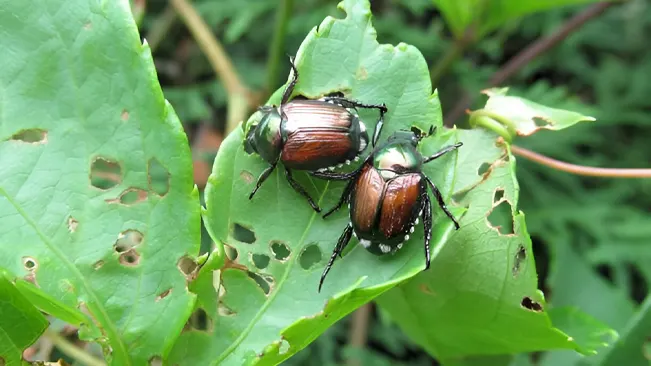
The impact of invasive species is profound and far-reaching. In forests, invasive plants like kudzu or animals such as the emerald ash borer can devastate native plant and animal communities, leading to reduced biodiversity and disrupted ecosystems. This disruption can result in the loss of timber, recreational and economic resources, and essential services such as pollination and water purification. Furthermore, invasive species can alter fire regimes, soil chemistry, and hydrology, making ecosystems more susceptible to other stresses like climate change. Their management is often challenging and costly, requiring continuous monitoring and coordinated efforts at local, national, and global levels to mitigate their effects effectively.
Examples of Invasive Species:
Plants
Kudzu (Pueraria montana)
Originally introduced from Japan to the southeastern United States in the late 19th century, Kudzu was used for erosion control and as a forage crop. It is known for its rapid growth up to a foot per day during peak growing seasons which allows it to quickly overtake fields, forests, and even buildings. Kudzu’s dense growth smothers other plants and trees under a thick blanket of leaves, blocking their access to sunlight and severely hindering their ability to photosynthesize, which can lead to their eventual death.
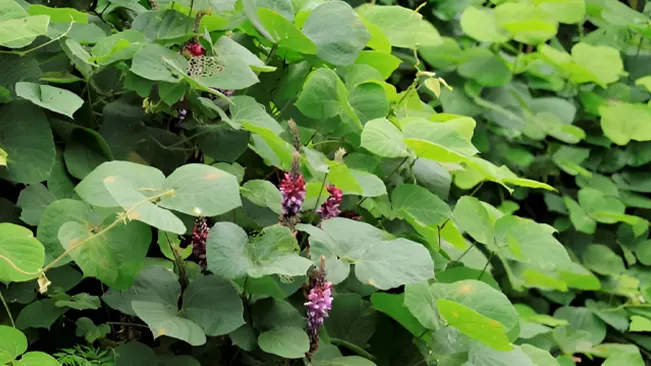
Purple Loosestrife (Lythrum salicaria)
This striking perennial was brought to North America from Europe in the 1800s for ornamental and medicinal purposes. It thrives in wetlands, where it forms dense, monotypic stands that out compete native vegetation for space and resources. Purple loose strife disrupts native aquatic habitats by altering water flow and sedimentation patterns, which can affect the diversity of life in these ecosystems. Efforts to control its spread include biological control agents such as beetles that feed on its leaves and stems.
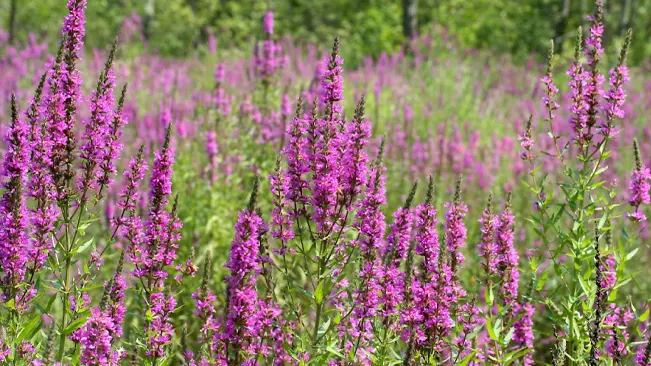
Animals
Burmese Python (Python bivittatus)
Native to Southeast Asia, Burmese pythons are one of the largest species of snakes. They were introduced to the Florida Everglades, largely through the exotic pet trade. These pythons thrive in the swampy environment of the Everglades, where they have few natural predators. Their presence has been highly detrimental to local wildlife, as they consume a broad range of mammals, birds, and other reptiles. The impact on native species is severe, with some populations, such as small mammals, significantly declining due to predation by these invasive snakes.
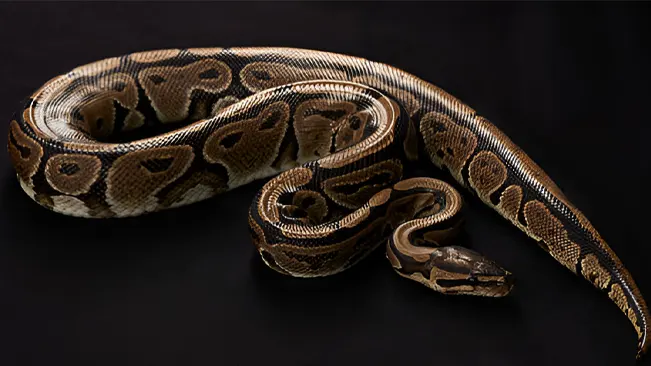
European Starling (Sturnus vulgaris)
European starlings were introduced to North America by Shakespeare enthusiasts in the 1890s who wanted all birds mentioned by Shakespeare to inhabit America. These birds are highly adaptable and prolific breeders, which has allowed their population to explode across the United States. They compete aggressively with native bird species for nesting sites and food, often displacing them and disrupting local bird populations. Their large, noisy flocks can also cause significant agricultural damage to fruit and grain crops.
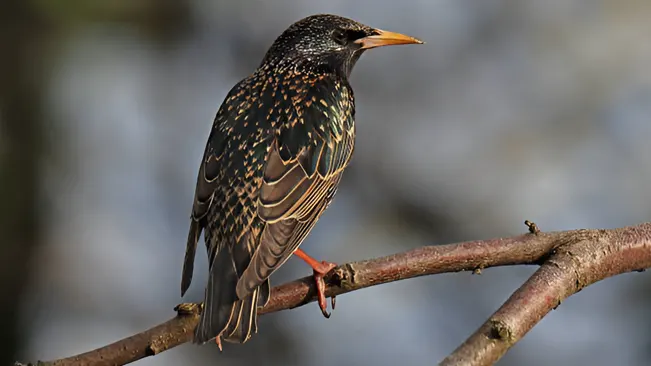
Aquatic Species
Zebra Mussel (Dreissena polymorph)
Zebra mussels arrived in the Great Lakes in the 1980s via ballast water from ships. These small, sharp-shelled mussels attach to any stable surface including, water intake pipes, boats, and native mussels, often in massive colonies that can block waterways and infrastructure. They filter out large amounts of plankton from the water, which reduces food resources for native fish and other aquatic organisms, leading to ecological imbalances.
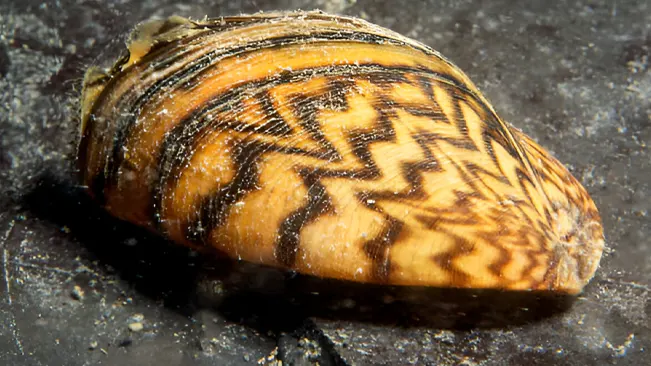
Asian Carp (Various species including Bighead and Silver Carp)
Asian carp were imported to the U.S. in the 1970s to help keep retention ponds clean in fish farms and wastewater treatment facilities. However, flooding allowed them to escape into the Mississippi River system where they have become a dominant species. These carp are voracious feeders, consuming vast amounts of plankton, algae, and other microorganisms necessary for the survival of native fish species. Their presence has led to a severe reduction in native fish populations and disrupted aquatic ecosystems.
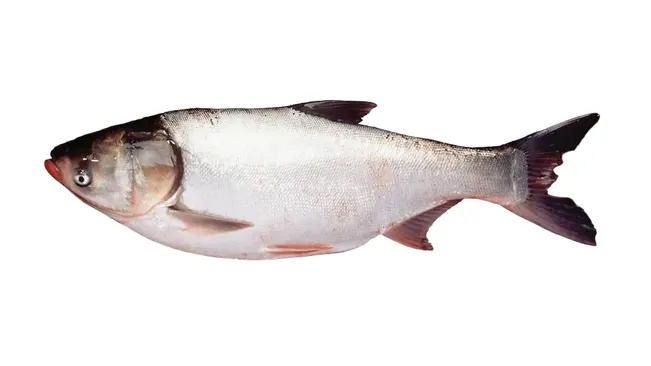
Insects
Emerald Ash Borer (Agrilus planipennis)
This small green beetle, native to northeastern Asia, was first detected in Michigan in 2002 and has since spread to numerous states and Canada. The larvae of the emerald ash borer burrow into the bark of ash trees to feed, disrupting the tree’s ability to transport water and nutrients. This typically results in the death of the tree within a few years of infestation. The loss of ash trees is significant as these trees are important both ecologically and economically.
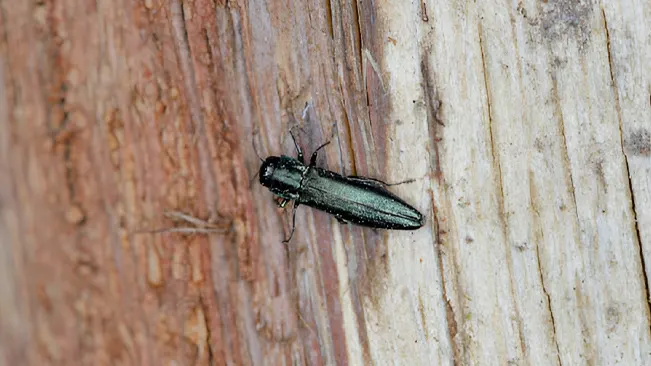
Asian Giant Hornet (Vespa mandarinia)
Nicknamed “murder hornets,” these large hornets are predatory insects that can decimate bee populations. First confirmed in the U.S. in Washington state in 2019, they pose a significant threat to honeybees, which are crucial for pollination of many agricultural crops. Asian giant hornets can kill entire hives of honeybees, severely impacting local agriculture and ecosystems dependent on those bees for pollination.
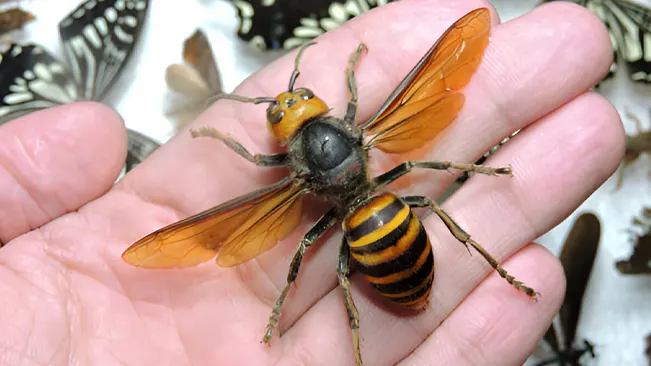
Pathogens
Chestnut Blight (Cryphonectria parasitic)
This fungal disease originated in Asia and was brought to North America via infected chestnut trees in the early 20th century. The fungus grows on and under the bark, causing cankers that eventually girdle the tree and cut off the flow of nutrients and water, effectively killing the tree. The American chestnut, once a dominant tree in eastern U.S. forests, was virtually wiped out by this blight, dramatically altering forest composition and ecology.
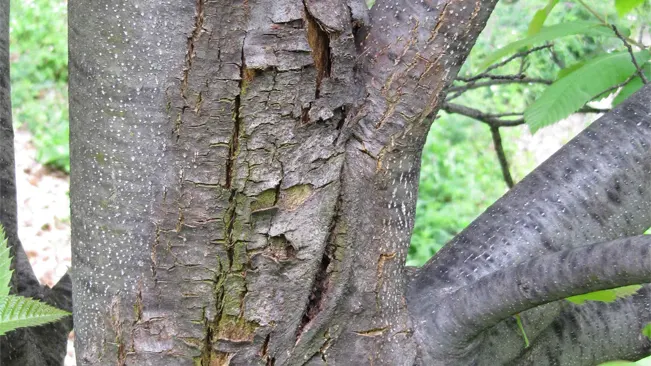
Native vs. Non-Native vs. Invasive Species
Understanding the differences between native, non-native, and invasive species is key to grasping biodiversity and ecosystem dynamics. Native species have evolved within a specific ecosystem and are well adapted to its conditions, forming integral parts of their ecological networks. These species help maintain the stability and productivity of their habitats. In contrast, non-native species are introduced to new environments through human activities such as agriculture, landscaping, or inadvertently through global commerce. Although many non-native species coexist without disrupting their new ecosystems, they do not always integrate harmlessly.
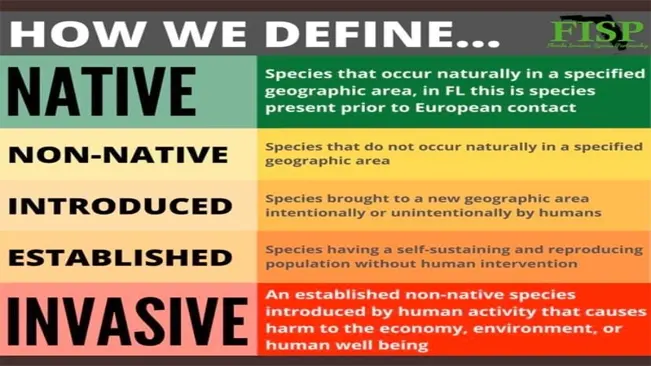
Invasive species, a critical subset of non-native species, pose significant ecological and economic threats. These species flourish because they often lack natural enemies that would normally regulate their populations in their native environments. This advantage allows them to overrun native species, diminishing biodiversity and disrupting the ecological balance. The consequences of invasive species extend beyond environmental damage; they also impact agriculture, forestry, and fisheries, leading to substantial economic costs. Effective management strategies are essential to curb the spread of invasive species, involving prevention, early detection, and swift eradication efforts to mitigate their harmful impacts.
Impact on Local Forests
Health and Biodiversity
Invasive species pose a critical threat to forest health and biodiversity by out competing native plants for key resources like light, water, and nutrients. Their rapid growth allows them to quickly overtake large areas, displacing native flora and altering habitats. This drastic shift in vegetation composition impacts native wildlife dependent on endemic plants for food and shelter, triggering a decline in both animal and plant diversity and compromising the ecosystem’s overall health.
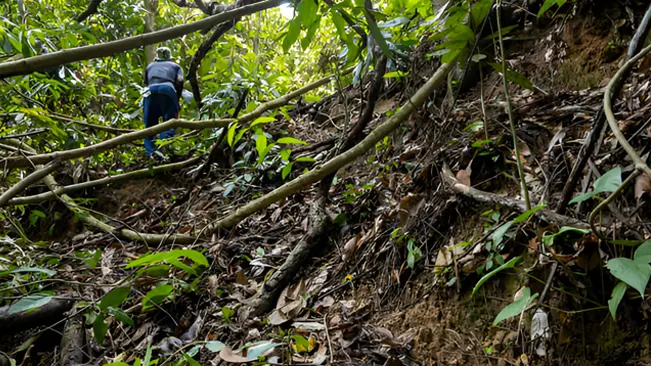
Additionally, invasive species often bring new diseases and pests that devastate native plant communities. Historical examples include chestnut blight and Dutch elm disease, which have destroyed vast numbers of trees in North America, drastically altering forest structures. These disturbances not only disrupt ecological balance but also impair the forest’s ability to perform crucial functions like carbon sequestration, further impacting environmental stability and human health.
Ecological and Economic Consequences
Loss of Habitat
Invasive species can dramatically alter the physical structure and composition of ecosystems, leading to significant loss of habitat for native flora and fauna. For example, invasive plant species like the giant reed (Arundo donax) can dominate riverbanks and wetlands, crowding out native vegetation with their dense growth.
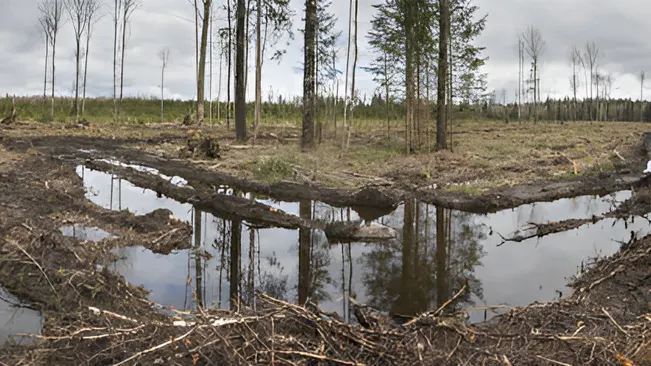
This not only diminishes the variety of plants available as shelter and food for native animals but also affects species that are specialized to live in certain habitats, pushing them towards endangerment or extinction. The transformation of these landscapes can lead to a homogenization of the environment, where diverse ecological niches are replaced by monotonous tracts of a single invasive species, drastically reducing the overall ecological complexity and resilience of the ecosystem.
Altered Nutrient Cycles
Invasive species can fundamentally change the way nutrients are cycled within ecosystems, which can have cascading effects on soil health and plant growth. Some invasive plants, such as the Australian paperbark tree (Melaleuca quinquenervia) in Florida’s wetlands, can alter the nitrogen cycle by introducing unusually high levels of nitrogen into the soil. This can lead to an overgrowth of the invasive plant at the expense of native species that are unable to thrive in altered soil conditions.
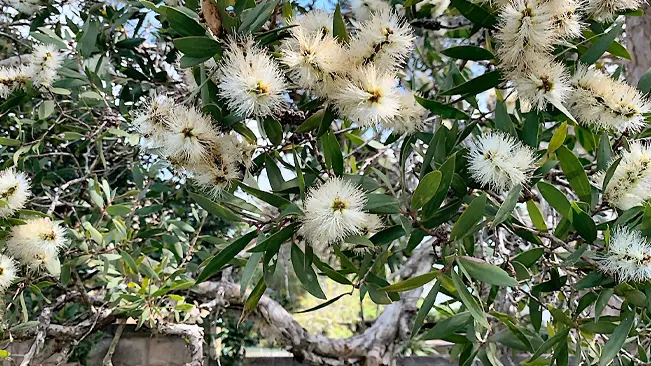
Moreover, invasive animal species, like the European starling in North America, can impact nutrient distribution by displacing native species that play crucial roles in nutrient cycling, such as certain bird and insect species responsible for pollination and seed dispersal. This disruption can lead to long-term degradation of habitat quality, affecting the health and sustainability of the entire ecosystem.
Forest Management Costs
The economic burden of managing invasive species in forests is substantial. Controlling these species often involves a combination of mechanical removal, chemical treatments, and biological control methods, all of which require significant financial investment. For instance, the cost of managing the spread of invasive plants like kudzu or insects like the emerald ash borer can run into millions of dollars annually for local and federal governments.

These costs are further compounded by the need for ongoing surveillance, research into effective control technologies, and public awareness campaigns to prevent the spread of new invasive species. The financial outlay for such activities is not just a one-time expense but a continuous drain on resources that could otherwise be used for enhancing forest conservation and supporting biodiversity.
Loss of Timber
Invasive species that kill trees have a direct impact on the forestry industry by reducing the availability of commercially valuable timber. Tree-killing pests like the pine beetle and diseases such as sudden oak death can devastate large areas of forest, leading to significant losses in timber production. This not only affects the economic viability of timber and pulp industries but also has ripple effects on local and national economies dependent on these industries.
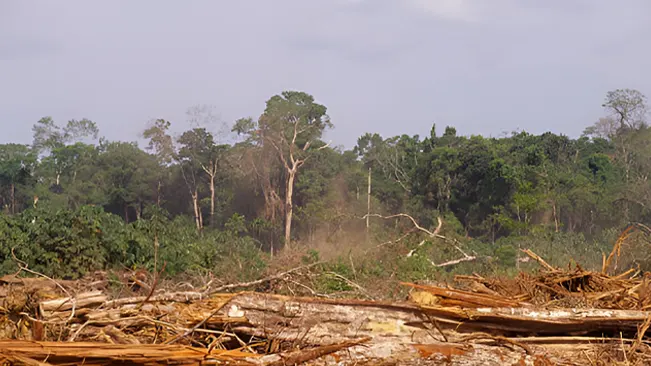
For example, the emerald ash borer, responsible for the destruction of tens of millions of ash trees in North America, has caused enormous financial losses in the timber industry, increased costs for tree removal and replacement in urban areas, and reduced property values. The loss of these trees also affects industries dependent on ash wood, such as furniture making and sports equipment manufacturing, further illustrating the widespread economic impact of invasive species on the timber supply chain.
Control and Management Methods
- Mechanical Control: Physical removal of invasive species, such as cutting, mowing, or pulling.
- Chemical Control: Use of herbicides and pesticides to manage invasive populations.
- Biological Control: Introducing natural predators or pathogens to control invasive species.
Conclusion
In conclusion, invasive species pose a significant threat to global ecosystems and economies. They disrupt ecological balance, decrease biodiversity, and require costly management efforts. Addressing this challenge necessitates comprehensive international cooperation, robust biosecurity measures, and continuous public education and research. Effective management of invasive species is crucial for preserving biodiversity and ensuring the sustainability of ecosystems critical to human welfare and economic stability.
FAQS
- What are invasive species?
Invasive species are organisms that are not native to a particular ecosystem and cause harm when introduced into it. They can be plants, animals, or pathogens. - How do invasive species spread?
Invasive species are primarily spread through human activities such as global trade, travel, and landscaping. They can hitch rides on ships, planes, and vehicles or be intentionally introduced for agricultural or ornamental purposes. - Why are invasive species a problem?
Invasive species can out compete native species for resources, disrupt habitats, and introduce new diseases, leading to a decline in native biodiversity and altering ecosystem functions. This can have severe ecological, economic, and health impacts. - What are some examples of invasive species?
Examples include the kudzu plant in the United States, the European rabbit in Australia, and the zebra mussel in North America’s Great Lakes. - How can invasive species be controlled?
Control methods vary but can include mechanical removal, chemical treatments, biological control (using natural predators), and legislative actions to prevent their introduction and spread. - What can individuals do to help prevent the spread of invasive species?
Individuals can help by cleaning hiking boots, vehicles, and gear to prevent transporting seeds and pests, not releasing aquarium pets or plants into the wild, and participating in local eradication efforts. - Are there any successful cases of invasive species management?
Yes, there are several successful cases, such as the control of the purple loose strife in North America through the introduction of specific beetles that feed on it. - How do invasive species impact the economy?
Invasive species can impact agriculture, forestry, fisheries, and tourism, costing billions in damages and control measures annually. They affect commercial and recreational activities and can lead to job losses in affected industries.

Joel Cunningham
Forestry AuthorI'm Joel Cunningham, an expert in pruning and weed management with over a decade of experience. My skills are rooted in formal training and extensive practice, focusing on advanced pruning techniques and efficient weed control. I'm known for my quality work, precision, and deep understanding of plant health and soil dynamics. My contributions extend to educational initiatives where I share sustainable practices and advice, establishing myself as a reliable and authoritative figure in the gardening community.


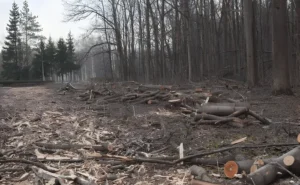
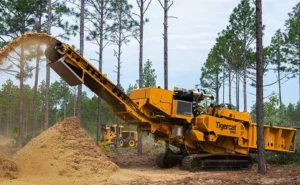
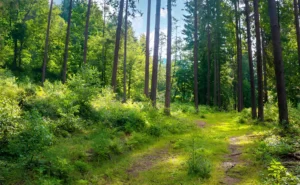
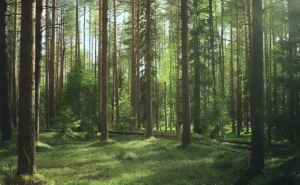
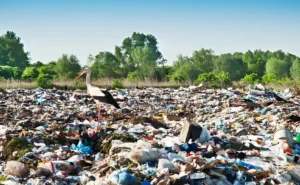
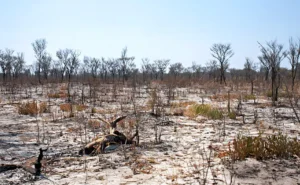
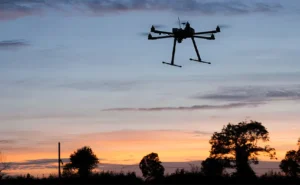
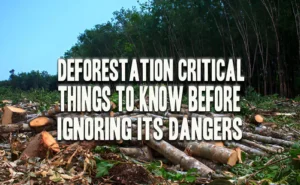



Leave your comment